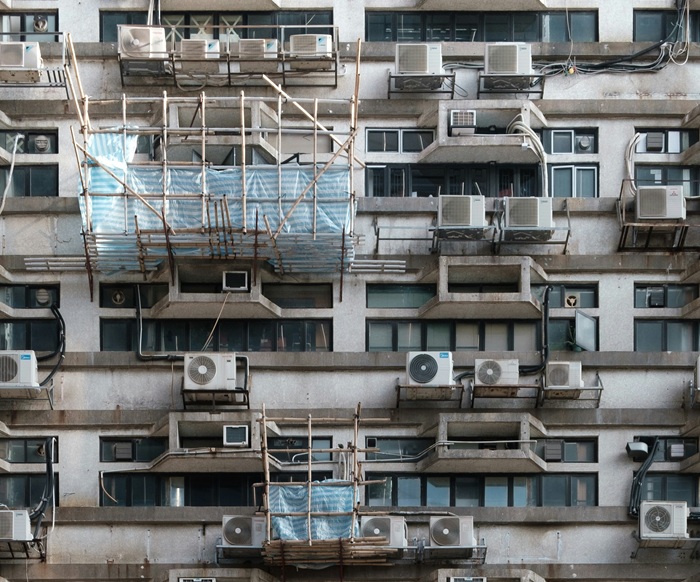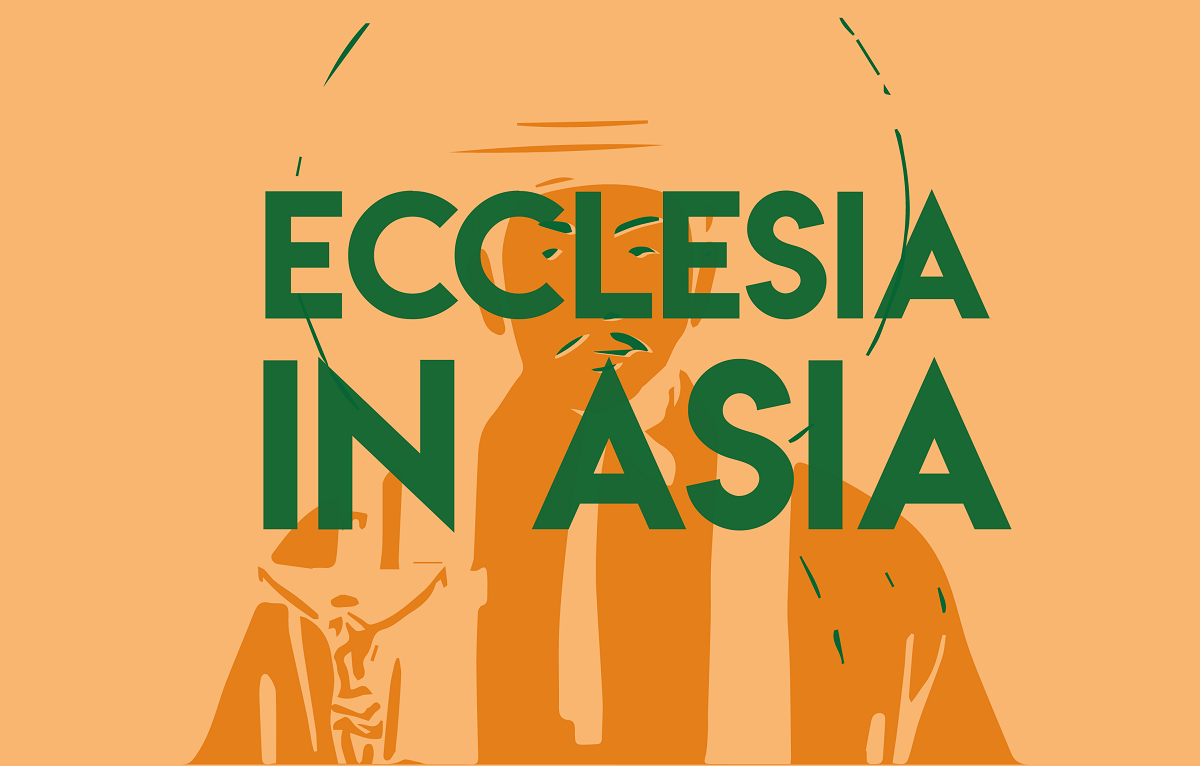Heat, energy and emissions: the boom in air conditioners in Southeast Asia
According to data from the International Energy Agency, ASEAN countries will have 300 million units installed in 2040, compared to 37 million today. Meanwhile, India is set to overtake China as the world's largest consumer of air conditioning. The challenge of sustainability lies in renewable energy sources, but also in new systems such as the “cold coils” being tested in Singapore.
Milan (AsiaNews/Agencies) – Record temperatures in recent days have once again raised the issue of rising energy consumption in Europe due to the widespread use of air conditioners.
However, this is a challenge that also affects other parts of the world: globally, Southeast Asia is the area where the air conditioning market is currently growing at the fastest rate.
According to data from the International Energy Agency (IEA), in 2019, energy consumption for air conditioning in ASEAN countries had already increased almost eightfold compared to thirty years earlier.
And according to some projections, by 2040, there will be more than 300 million units installed in Southeast Asia alone, compared to 37 million in 2023.
Experts are concerned about the vicious circle that these machines set in motion: economic progress and rising temperatures encourage the spread of air conditioners, which in turn contribute to global warming due to their high carbon emissions.
During hot periods, electricity demand rises by about 10%, and almost a third of this increase is now attributable to the use of air conditioning.
Air conditioners cool rooms by moving heat from inside to outside and require a large amount of electricity to operate. This contributes massively to carbon emissions, but if it were produced from clean sources, the environmental impact of air conditioners would be much lower.
Currently, however, this is not the case: in Southeast Asia (as in many other areas of the world), cooling systems are largely dependent on fossil fuels. In 2024 alone, the use of coal for energy production increased by a further 1.5% compared to the previous year.
This is due to several factors, including the lack of efficient storage systems for energy produced from solar and wind power, which by definition is subject to fluctuations depending on atmospheric conditions.
Furthermore, transporting energy produced from renewable sources from point A (where it is generated) to point B (where it is needed) is still difficult due to a lack of adequate infrastructure. As a result, there are frequent cases where energy is produced but not used.
Hydroelectric energy is also subject to production declines during hot periods because water reservoirs shrink. For example, in China in 2022, drought affecting the Yangtze River caused severe blackouts in provinces that are most dependent on dams, such as Sichuan and Yunnan.
According to the National Energy Administration (NEA), the Chinese state administration responsible for energy strategy, electricity demand could exceed that of 2024 by around 100 GW this year (a country such as Italy has a total electricity capacity of around 130 GW).
In India, too, electricity consumption is estimated to have reached new records in the summer of 2024, with a 10% increase over the previous year. And it is estimated that India will soon surpass China to become the world's largest consumer of air conditioning.
What strategies is Asia developing to accompany this growth in air conditioning systems while limiting the impact on the environment? New Delhi is trying to mitigate the problem through simple solutions such as painting roofs white to reflect sunlight and using terracotta cooling systems as an alternative to air conditioning.
Singapore, one of the countries with the highest rates of air conditioner use in the world, is also experimenting with alternative strategies. Its response is threefold: adopting renewable energy sources, introducing innovative cooling technologies and promoting more conscious use of air conditioning.
To reduce carbon emissions, it is installing solar panels on the roofs of public housing. In addition, it is promoting the spread of a cooling system consisting of cold coils (tubes or panels with cold water) positioned near the floor or in the walls. Hot air tends to rise and when it comes into contact with these cold surfaces, it naturally descends. The air then moves and the environment is kept cool without the use of fans or air conditioners.
However, care in the use of air conditioners is also essential: the Singapore government actively encourages maintaining a temperature of no less than 25°C. According to a study by the Centre for Environmental Sustainability at Ngee Ann Polytechnic, between 23 and 25°C, every degree increase in the air conditioner's set temperature results in energy savings of up to 12%.







.png)










